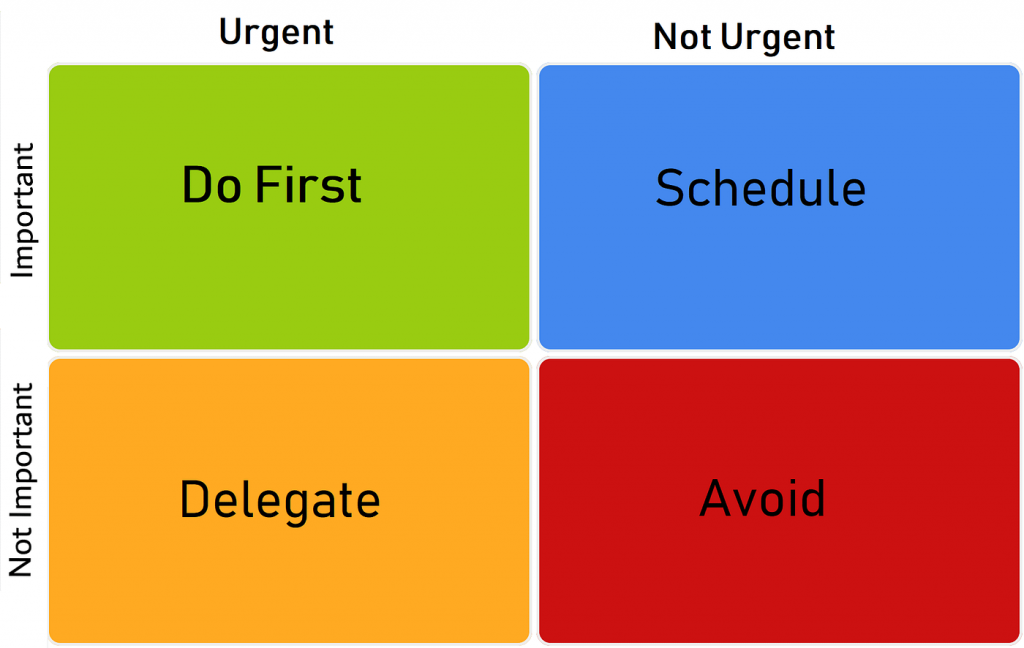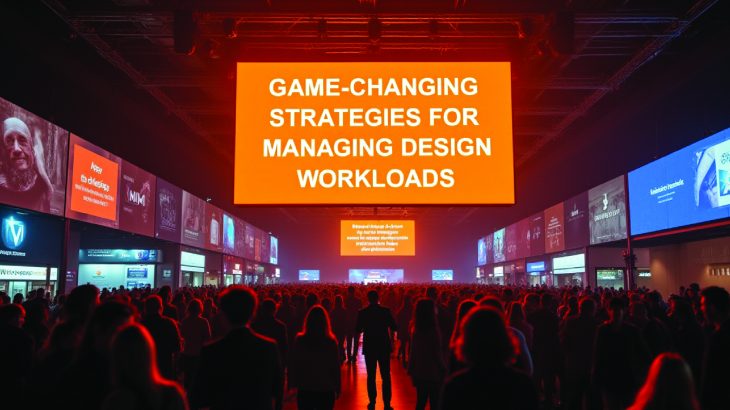Deadlines looming, feedback flying in from every direction, your screen packed with open tabs, and your mind racing through colour palettes and presentation decks—this isn’t just student life, it’s a glimpse of what’s ahead in your design career.
In the professional world, designers juggle multiple projects, quick turnarounds, and ever-changing client needs, all while trying to stay creatively sharp. That’s why mastering time management becomes essential. Learning to take charge of your time, energy, and creative rhythm now will give you the clarity and control needed to thrive in your future design career.
To help you build that foundation, here are five game-changing strategies that can set you up for success—both as a student and as a future design professional.
1. Understand the Project Landscape
Before you manage the time, you need to understand exactly what you’re managing. Start by mapping out the entire project landscape. List every project—ongoing, upcoming, and even the ones gathering dust on the paused list. Then, break them down using four key filters: priority, complexity, deadline urgency, and client type. Not just the urgent tasks on the sticky notes, but also the long-term projects, upcoming commitments, and even the ones you’ve paused but will need to revisit.

This strategy dashboard shows where your high-energy, creative hours should go and which tasks can wait for the less inspired moments. Also, don’t hesitate to renegotiate timelines or say no when needed. Piling on work might feel productive in the moment, but burnout isn’t part of any good design process. Learn to identify limits—because good design takes time.
2. Block Your Creative Energy (Not Just the Time)
Most productivity advice falls short for designers if they treat every hour the same. Creativity doesn’t follow a fixed schedule. Start by identifying your personal productivity peaks. Are you sharpest in the early morning, or do ideas flow better after lunch? Once you know the rhythms, protect the peak hours like gold. Use them for the heavy creative tasks such as designing, ideation, and storytelling. Save lower-energy times for routine work like file organization, responding to messages, or sending invoices.

Time blocking becomes a superpower when synced with the energy, not just the schedule. Use the Time Blocking method to map out the week. Allocate clear windows for focused work, admin tasks, and breaks. This visual planning method helps prevent overbooking and gives you a realistic view of what you can handle. Also, try the “Eat the Frog” method—where you tackle the most challenging or important task first thing in the day. This not only builds momentum but also ensures the best creative energy goes to what matters the most. The goal isn’t to squeeze more hours into the day, but to make the right hours count.
3. Manage Distractions Like a Pro
Distractions are everywhere. For designers, even a five-minute scroll through Pinterest can turn into a 30-minute deep dive. The first step to staying focused is identifying the top three time-wasters. Is it endless email notifications, back-to-back meetings, or getting stuck in the perfectionism loop? Once you know what’s draining your time, take back control.

Set “Do Not Disturb” hours during your peak creative periods—mute notifications and give your mind space to focus. Create a go-to focus playlist that helps to get into the zone quickly. Instead of checking emails constantly, batch them into two or three dedicated time slots a day. This way, you’re not breaking the flow every time a ping pops up. If you’re dealing directly with clients, managing expectations is key—auto-replies like “Currently working on the project—will get back to you by 4 PM” can help to stay responsive without compromising productivity. Distraction management isn’t about cutting off communication—it’s about setting boundaries that protect your creative energy.
4. Build in Buffer Time and Recovery
In creative work, delays aren’t the exception—they’re the rule. That’s why every project plan should include at least 10–20% buffer time. Whether it’s last-minute client changes, a sudden crash of the design software, or just hitting a creative block, tasks mostly take longer than expected.

But managing the time isn’t just about work; recovery is just as essential. That means taking real breaks, getting enough sleep, moving your body, and doing things that fuel you outside of work—whether it’s reading, sketching for fun, or spending time in nature. Creativity doesn’t thrive on burnout; it needs rest to reset and space to grow. Building in recovery isn’t lazy, it’s what keeps you inspired, consistent, and resilient for the long run.
5. Use the Right Tools (But Don’t Over-Tool)
Designers are naturally drawn to great tools—but there’s a fine line between being well-equipped and being overwhelmed. With the endless stream of productivity apps available, it’s easy to fall into the trap of over-tooling, where managing the tools takes more time than doing the actual work. The key is to keep the tool stack simple and consistent.
Choose project management platforms like Trello, Notion, or Asana to track tasks and timelines. Use time tracking apps like Clockify or Toggl to stay aware of how your hours are being spent. For file storage and sharing, use Google Drive or Dropbox, and follow a clear naming convention to prevent clutter. A well-organised setup keeps you focused, improves collaboration, and saves time that would otherwise be lost to digital chaos.
These strategies go beyond just surviving busy schedules; they’re core professional skills that set apart designers who thrive in the industry from those who get overwhelmed. At ARCH, each day begins with meditation and prayer—a simple yet powerful practice to help students calm their minds, centre themselves, and prepare for creative thinking. We believe that a focused mind is the foundation for meaningful design. Through hands-on projects, collaborative peer reviews, and guidance from industry mentors, our students don’t just learn these techniques—they live them. By the time they step into the professional world, they’ve already practised managing multiple deadlines, balancing creativity with structure, and staying calm under pressure.
Explore our top Bachelor of Design (B.Des) programs, thoughtfully crafted for the next generation of creators, innovators, and change-makers. Whether you’re drawn to styling garments, shaping spaces, crafting timeless jewellery, or designing functional products, ARCH offers future-focused courses to match your passion. Choose from specializations like Fashion Design, Jewellery Design, Interior Design, and Communication Design—each combining creative exploration with industry exposure to help you build a meaningful and impactful career in design.
Apply now and start building the mindset and skills that truly set you apart.
